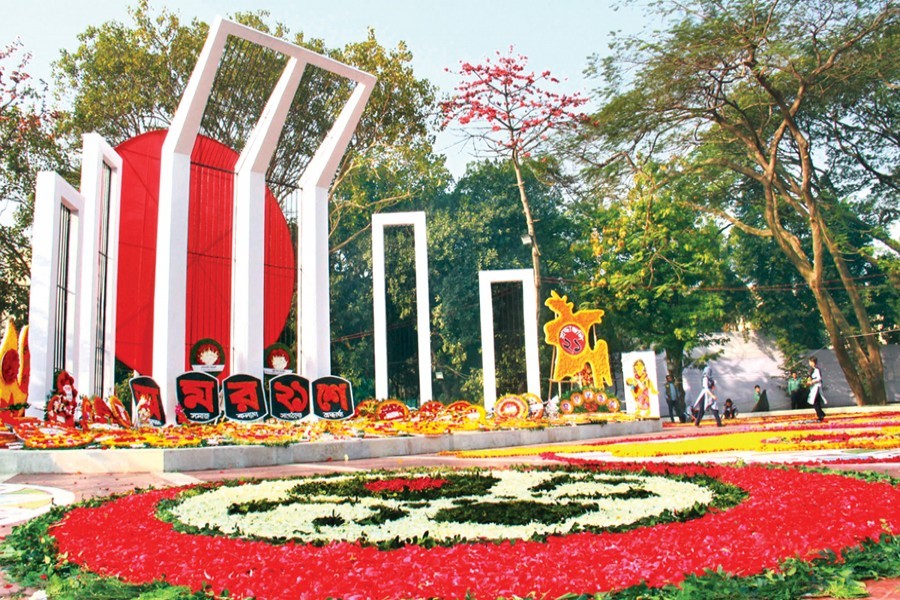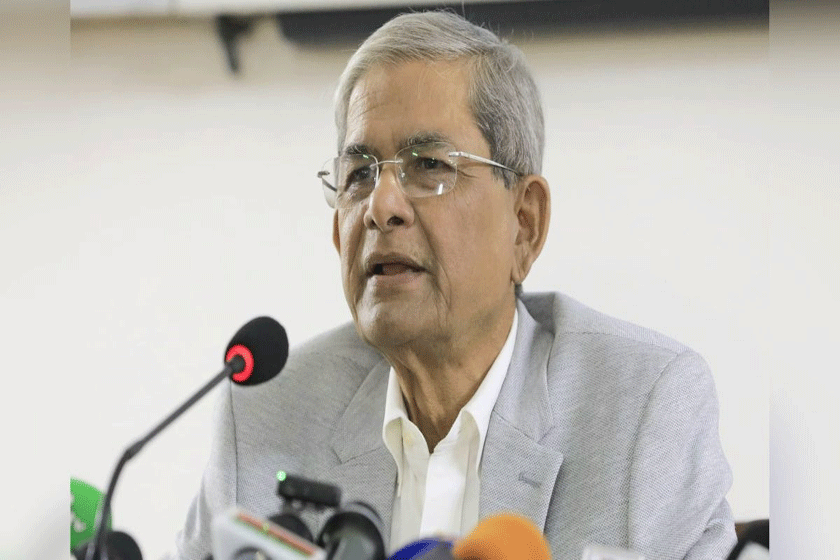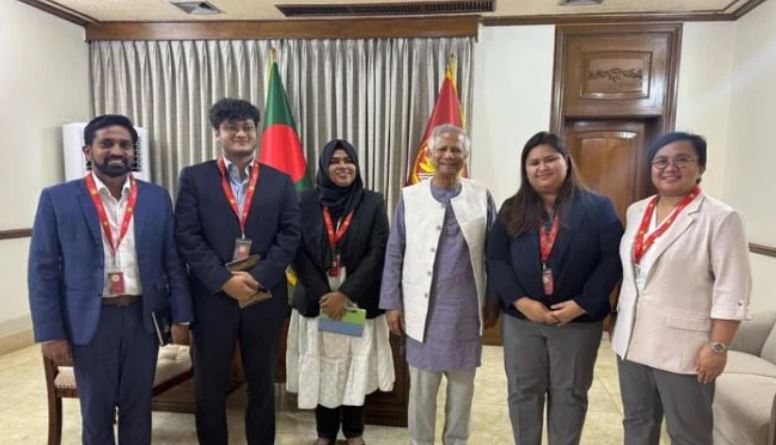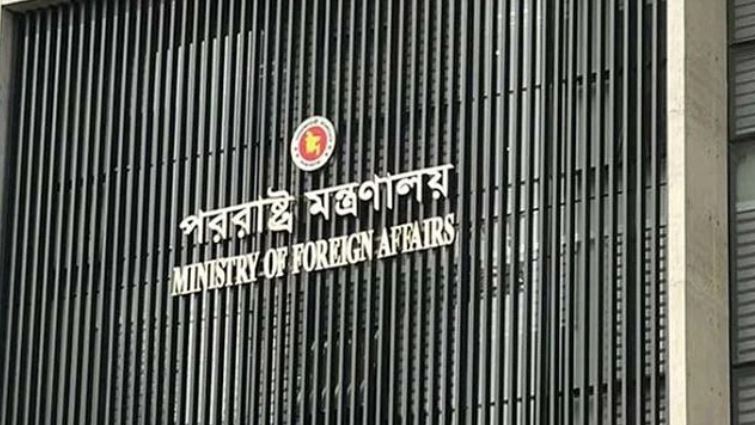
Shaheed Minar Courtesy
February 21 is observed by the world as International Mother Language Day. Mother language, also known as first language or native tongue, is the language a person learns to speak, usually from birth, and knows the communicative and linguistic aspects of it by heart. It may also be referred to as mother tongue, native language, home language or dominant language.
International Mother Language Day has been observed on February 21 since 2000. It was declared at the 1999 UNESCO General Conference. Not only does this day promote peace and multilingualism around the world, but this date also recognizes the day that students died in the 1952 Bengali Language Movement in Bangladesh. In Bangladesh, International Mother Language day is celebrated by placing flowers at the Martyr’s Monument, followed by a day of cultural activities, literary competitions and Bengali language events. UNESCO hosts numerous events that promote not only linguistic diversity but cultural diversity as well.
As of 2019, there are around 6,000-7,000 living languages in the world. With the number constantly in flux it is difficult to accurately measure the number of languages spoken around the world. 43 percent of the estimated languages spoken in the world are endangered, only a few hundred are formally taught and used and fewer than 100 are used in the world, according to UNESCO.
Languages, with their complex implications for identity, communication, social integration, education and development, are of strategic importance for people and planet. Yet, due to globalization processes, they are increasingly under threat, or disappearing altogether. When languages fade, so does the world's rich tapestry of cultural diversity. Opportunities, traditions, memory, unique modes of thinking and expression — valuable resources for ensuring a better future — are also lost.
Every two weeks a language disappears taking with it an entire cultural and intellectual heritage. At least 43% of the estimated 6000 languages spoken in the world are endangered. Only a few hundred languages have genuinely been given a place in education systems and the public domain, and less than a hundred are used in the digital world.
Multilingual and multicultural societies exist through their languages which transmit and preserve traditional knowledge and cultures in a sustainable way.
International Mother Language Day is observed every year to promote linguistic and cultural diversity and multilingualism.












0 Comments